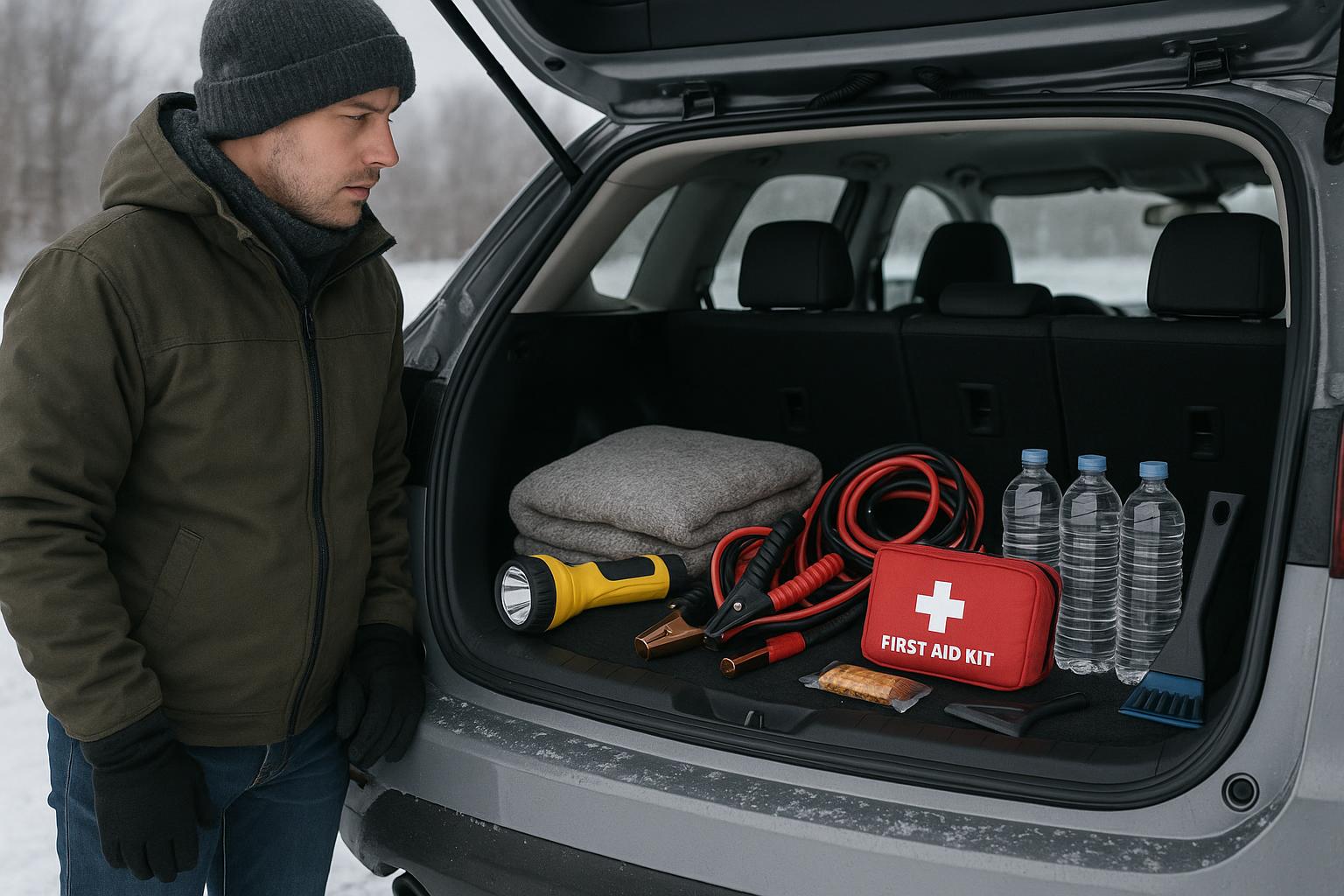Overhead cranes are powerful tools widely used across various industries for lifting and transporting heavy loads. However, the risks associated with their operation demand strict safety measures and comprehensive training. Proper crane training is essential not only for ensuring the safety of crane operators but also for protecting all employees within the crane’s working area. This article delves into the key components of overhead crane training that contribute to a safer, more efficient workplace.
Understanding Equipment and Functionality
A foundational element of overhead crane training is a thorough understanding of the equipment itself. Operators must be familiar with the various parts and functions of the crane, from the hoist and trolley to the bridge and controls. Learning about the operational limits of each crane model is crucial, as improper use or overloading can lead to equipment failure and accidents. Training emphasizes the importance of knowing the crane’s capacity, how to check load charts, and understanding the impact of load size and weight on crane stability. By mastering the functionality of the crane, operators gain confidence in handling complex lifting tasks safely and efficiently.
Identifying and Assessing Hazards
A major component of overhead crane safety involves recognizing potential hazards in the working environment. Crane operators are trained to conduct pre-operation inspections, checking for structural integrity, loose cables, malfunctioning controls, and any signs of wear or damage. Assessing the worksite for environmental hazards is also crucial, as obstacles, inadequate lighting, or high winds can significantly increase risk. Operators learn to identify hazards such as obstructions or workers within the crane’s operational range, developing the awareness needed to avoid dangerous situations. By training operators to proactively spot hazards, companies can significantly reduce accident rates and maintain a safer workplace.
Importance of Rigging and Load Handling
Effective rigging and load handling are essential skills covered in overhead crane training. Operators are taught the principles of proper rigging techniques, such as selecting appropriate slings, hooks, and lifting devices based on the weight, size, and shape of the load. They also learn how to balance loads to prevent tipping or swaying, which can compromise control and endanger nearby workers. Understanding the correct methods for attaching loads to the crane is critical to prevent accidents caused by load displacement or detachment. Proper load handling not only ensures the safety of operators but also helps maintain equipment integrity by reducing strain on crane components.
Signaling and Communication
Clear communication between crane operators and ground personnel is vital for maintaining a safe lifting environment. Training programs emphasize the use of standard hand signals and radio communication to coordinate movements and ensure that everyone in the vicinity is aware of crane operations. Operators are trained to respond quickly to stop signals, understanding that effective communication can prevent accidents in dynamic work environments. Additionally, operators learn how to communicate equipment status updates to supervisors, allowing for a seamless flow of information that keeps everyone informed and minimizes operational disruptions.
Emergency Response and Safety Protocols
Knowing how to react in emergency situations is a critical part of overhead crane training. Operators are prepared to handle scenarios such as mechanical failures, unexpected power outages, or load shifts that can compromise safety. Training covers specific protocols for emergency shutdowns, securing loads, and evacuating work areas when necessary. Operators also learn to use protective equipment and follow protocols that minimize the risk of injury. By equipping operators with emergency response skills, companies are better prepared to handle unforeseen incidents, protecting both employees and equipment.
Conclusion: Building a Culture of Safety from Above
Mastering overhead crane safety requires a comprehensive training approach that equips operators with the knowledge and skills to manage complex lifting operations safely. From understanding equipment and identifying hazards to mastering rigging, communication, and emergency response, each aspect of crane training plays a crucial role in creating a safer workplace. Investing in thorough overhead crane training not only ensures compliance with safety regulations but also reinforces a culture of safety that benefits every employee. Through diligent training and a commitment to safety, companies can maximize productivity while keeping their workforce protected.



